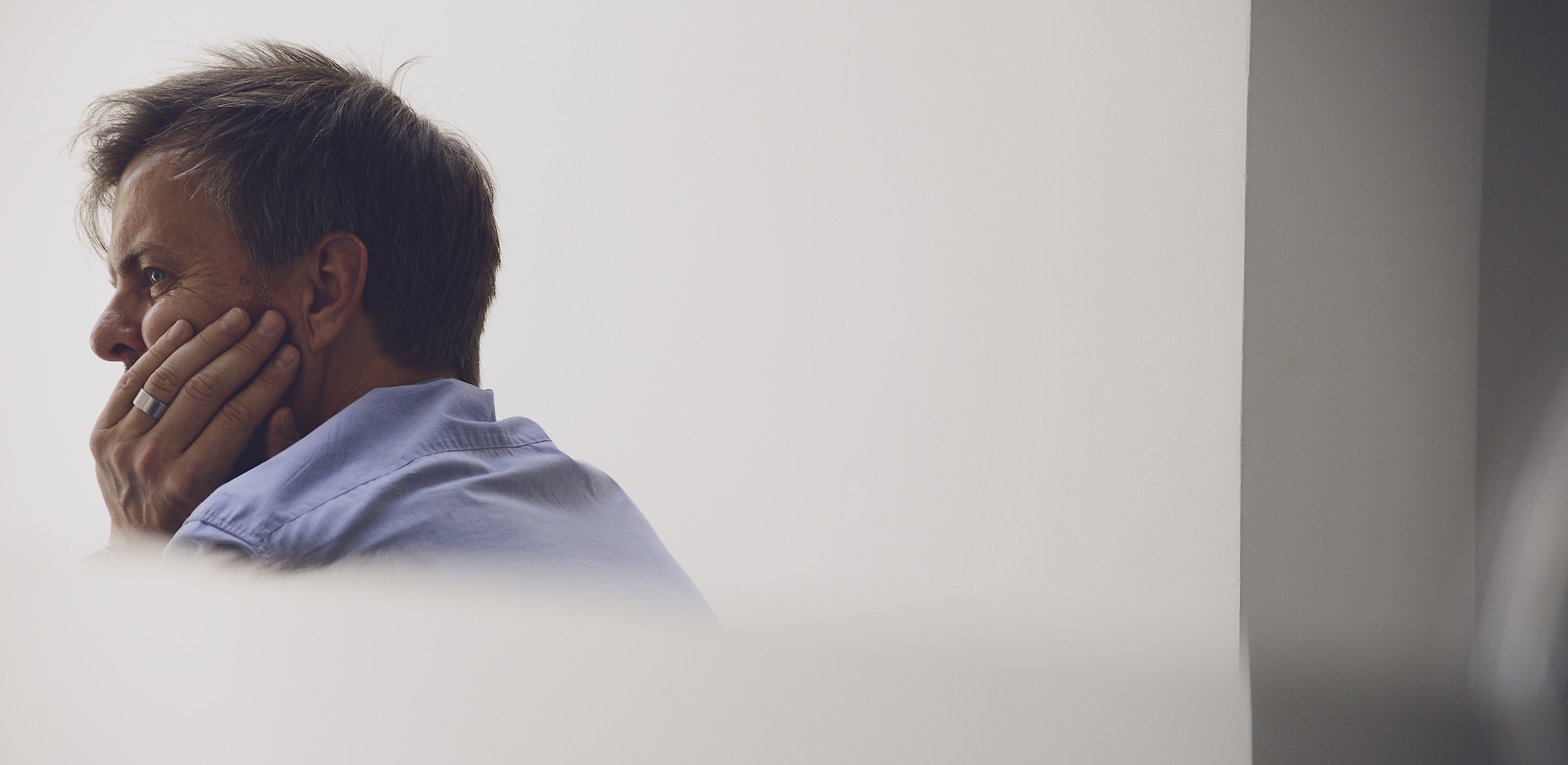
For over 27 years, F1 photographer Darren Heath’s career has taken to meeting photographic nightmares head-on and defeating them, one frame at a time.
A photojournalist’s greatest challenge is creating his “personal style”. For a F1 photojournalist to be successful, they have to find their “look” while immersed in the heat of the battle, prepared for moments that happen in literally a milli-second. Sometimes in public, sometimes deep in the darkness of a pit stall, all of the best Formula 1 photographers are expected to not only catch these fleeting moments and bring them back, but interpret them in their signature artistic style. Nothing can be ever be reshot, nothing can ever be re-experienced, and knowing that you’ve missed just one of those “decisive moments” among the many triumphs, is a nightmare that keeps you up at night.
Sometimes in public, sometimes deep in the darkness of a pit stall, all of the best Formula 1 photographers are expected to not only catch these fleeting moments and bring them back, but interpret them in their signature artistic style.
Heath’s ability to take something that we are so used to seeing – Formula 1, race cars, F1 drivers – and being able to present them in a different way, akin to creating passionate ethereal painting-like images on film, calls for shifting a visual paradigm we’ve got in our minds when it comes to any subject matter, but especially the world of Formula 1.
His journey to discovering his unique vision begins with his very personal perception of the sport. Like most little boys, he liked fast cars, and during trips with his parents to the Brands Hatch Circuit, just 25 miles from his home, he instantly became enthralled with both the spectacle of the sport and the visceral feeling of a Grand Prix car at speed.
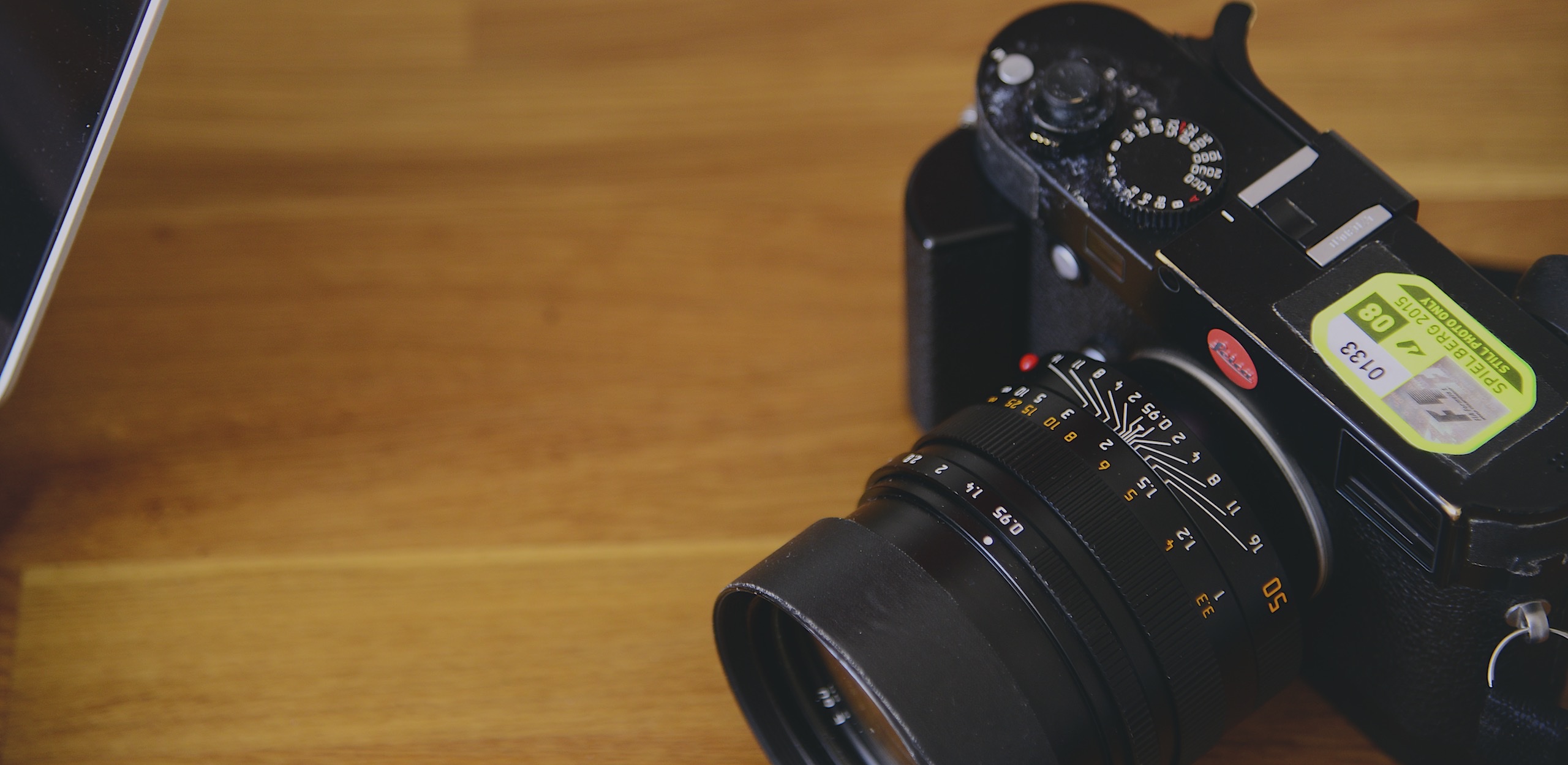
“Once I got a camera, in my early teens,” says Heath, “I realised there was a possibility here to marry the two. And through the lens and film and different techniques, I began trying to get across to the end viewer the passion that I felt for F1. As a photographer you are trying to create an emotion for the people who look at your work and now, in almost every picture, that’s really what I am trying to achieve.”
Yet, Heath’s personal quest for communicating his emotions met the realities of the ’70s news marketplace. From the moment he decided to become a Formula 1 photojournalist, he faced working his way up through the ranks. The learning curve began with physical and chemical developing techniques, and once mastering them, on to years in the darkroom, printing other photographer’s negatives.
“That was a great learning opportunity,” says Heath, “because you saw what other photographers who were earning their living shot, and the level of quality that was demanded.”
Looking at other photographer’s work, Heath was dismayed that race cars shot for the newspaper or magazines appeared static, as if almost parked on the apex of a corner. Fortunately, what really caught his eye were motor racing books he discovered in London, produced by Japanese photographers who created images using very slow shutter speeds.
Very few European photographers experimented with this technique; it seemed a particularly Far Eastern style and it really appealed to Heath.
“They seemed to get across that sense of speed, I was looking to convey,” he says. “That sense of motion, of colour, of an attack on the senses that F1creates. There didn’t seem to be anyone around when I started to become a Formula 1 photographer who was doing that. I thought, why would I take on the guys who were producing good quality work, but more paparazzi in style, just recording what was happening during a race, or a qualifying session, for the news industry?”
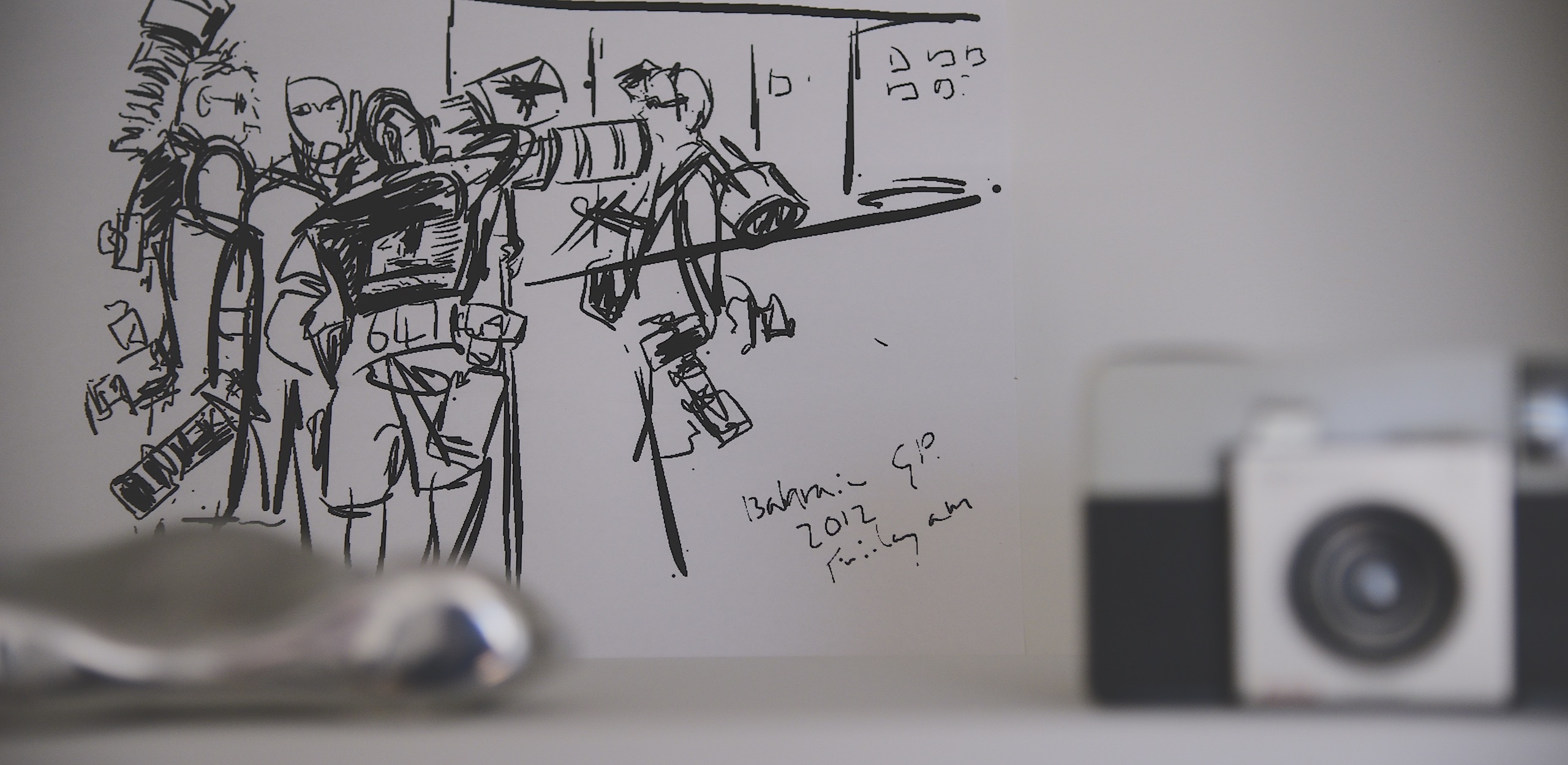
“I wanted to go a different route,” stresses Heath. “Guys like Jesse Alexander, and Louis Klementaski, those guys really got across more of the feeling of what it meant for them. We’ve all seen those pictures of guys standing with no curb in front of them, with a flat out Jim Clark running their toes over. I thought that even with all of the barriers and greater security limitations, I could still work with what I had to get across the feelings of what the guys in the 50s and 60s were trying to do.”
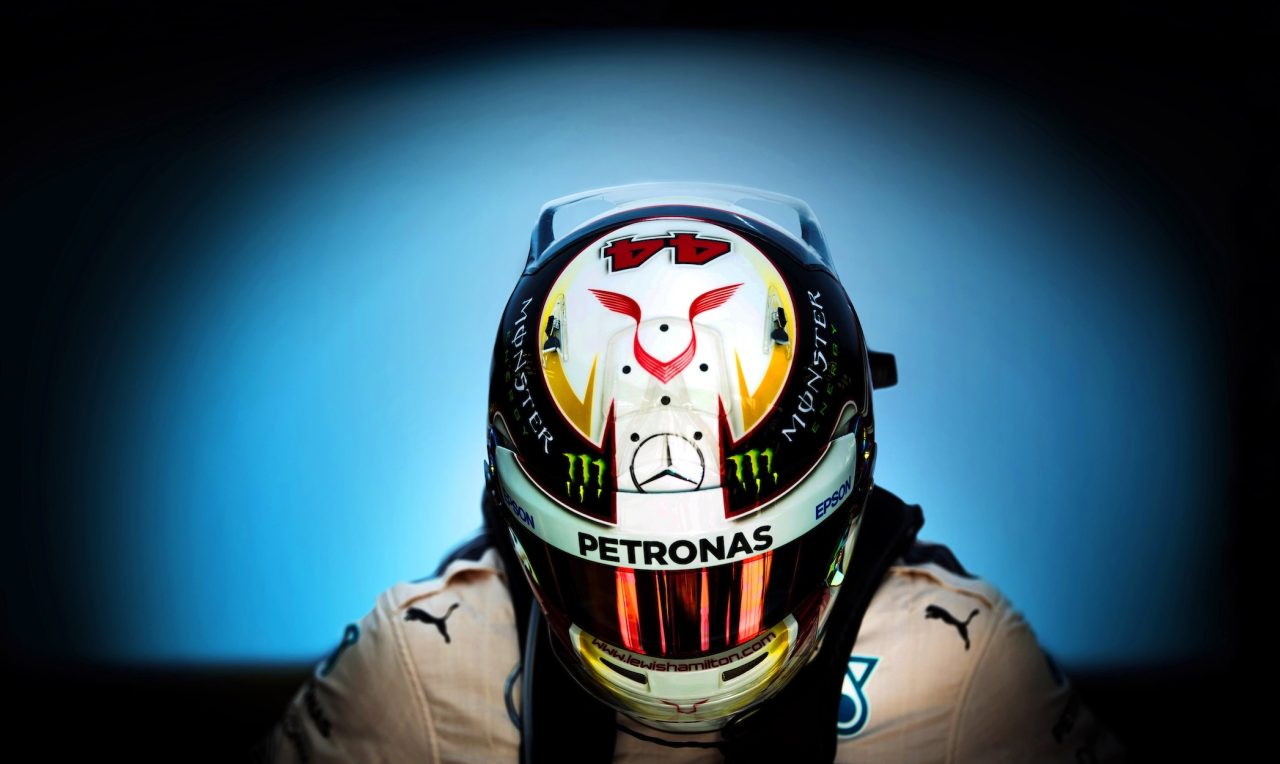
His inspirations began to multiply, coming from what went before, with photography of Formula 1 and when it wasn’t called Formula 1. He was determined to adjust to visual trends, treating his trade like a skilled art form to keep his new dynamic style fresh. Heath also began to synthesise impressions from cinema, movie directors of photography, and past photographers who never shot Formula 1, like William Eggelston, and Steven Shore; the kind of photographers who, in simpler times, weren’t photographing motorsport and still aren’t.
“I wanted to go a different route,”
“They had a look, getting rid of extraneous detail, just focusing on what’s in front of you,” explains Heath. “Every year, I look at trends, techniques and fashions within photography, and how I can adapt a mix of those techniques and styles from artists like sculptor Anish Kapoor or from various painters such as Howard Hodgkin’s abstract colour, into my work. Photography in Formula One is not recognised in the world of art photography, but on my level, that’s what I’m trying do, maybe to please myself, but if it pleases other people, then that’s all very nice.”
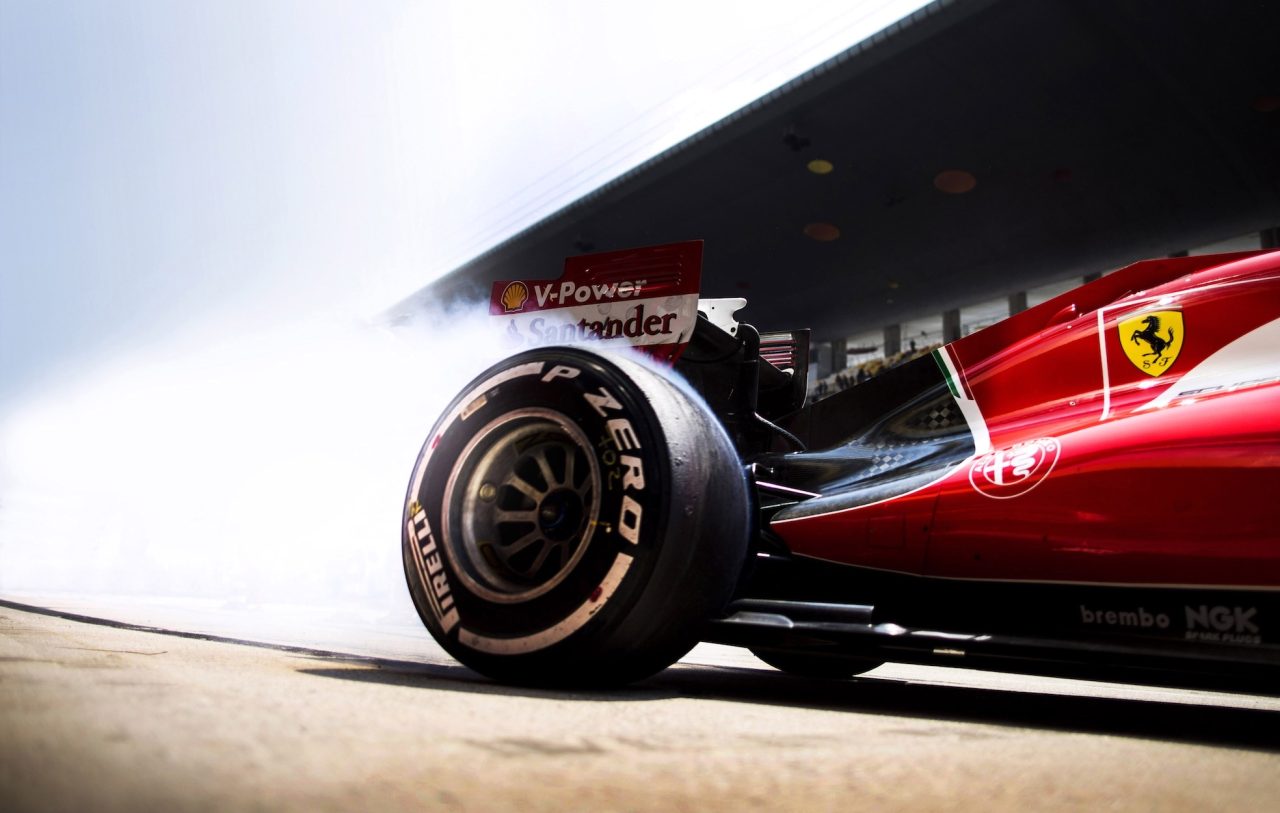
Asking Heath to define how his artistic synthesis meshes with the passion he strives to convey produces a wry smile, as if he was waiting for a chance to “paint his picture”.
“When a Formula 1 car is attacking the circuit, with a top driver in a top car, it’s a fantastically impressive thing to see. It’s everything working in harmony,” whispers Heath. “ When I photograph a driver putting it all together, doing a good time and producing a good lap, I want to shout and scream. I want my children… I want my friends… I want you… to stand with me at that corner and appreciate what it is to see that car, and and if I can get a percentage of what that means to me into an image, then I am doing my job. I am getting across my passion for it.”
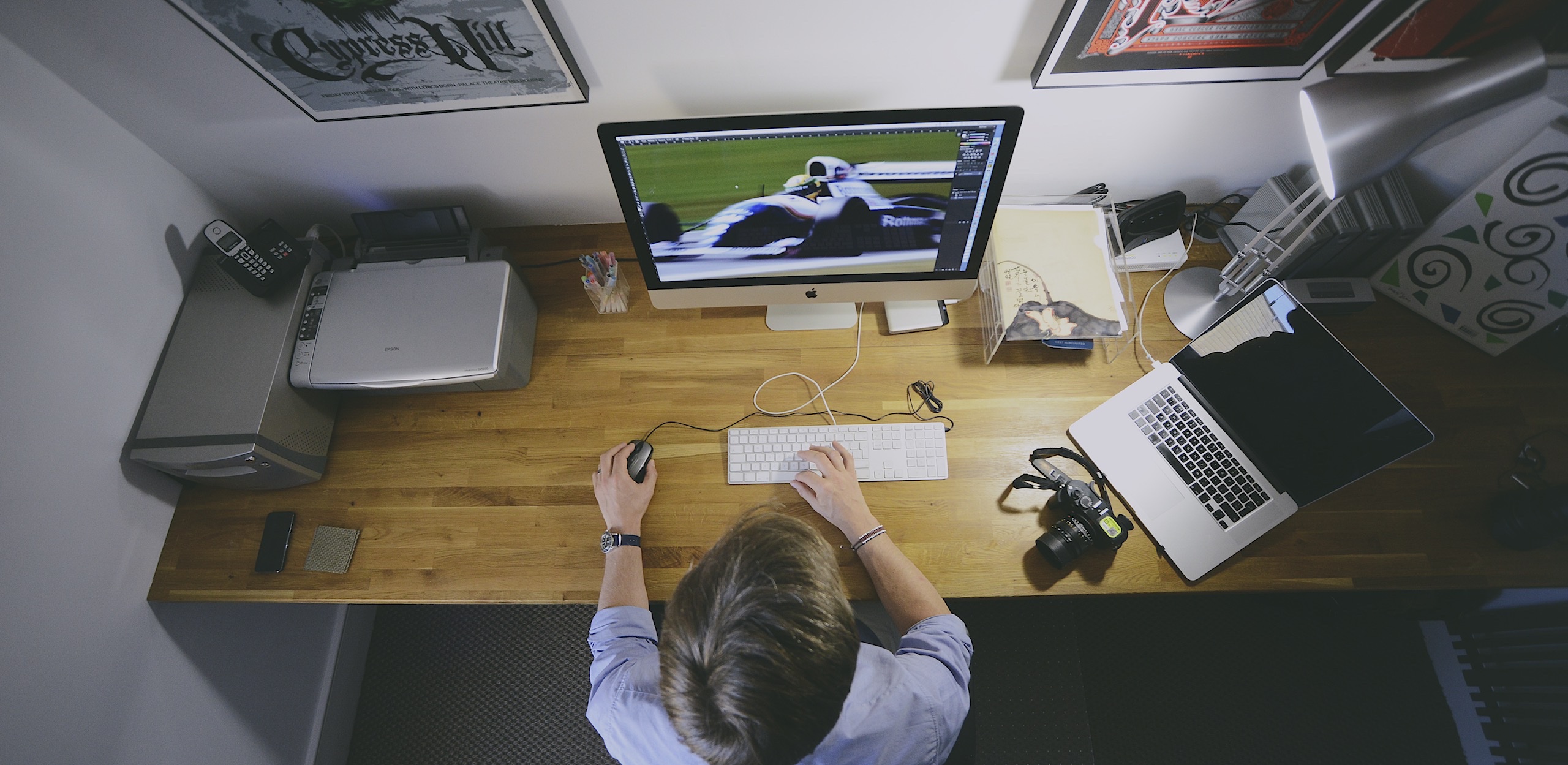
Heath’s evocative Formula 1 photography isn’t produced in a vacuum. The global scope of Formula 1 has risen dramatically through the past two decades, producing the demand for immediacy to feed the voracious appetite of a 24-hour news. Heath spends his creative moments shoulder-to-shoulder with a F1 paddock full of the sport’s elite shooters, all fighting for the shot of the day. It’s artistry in the midst of a piranha pond.
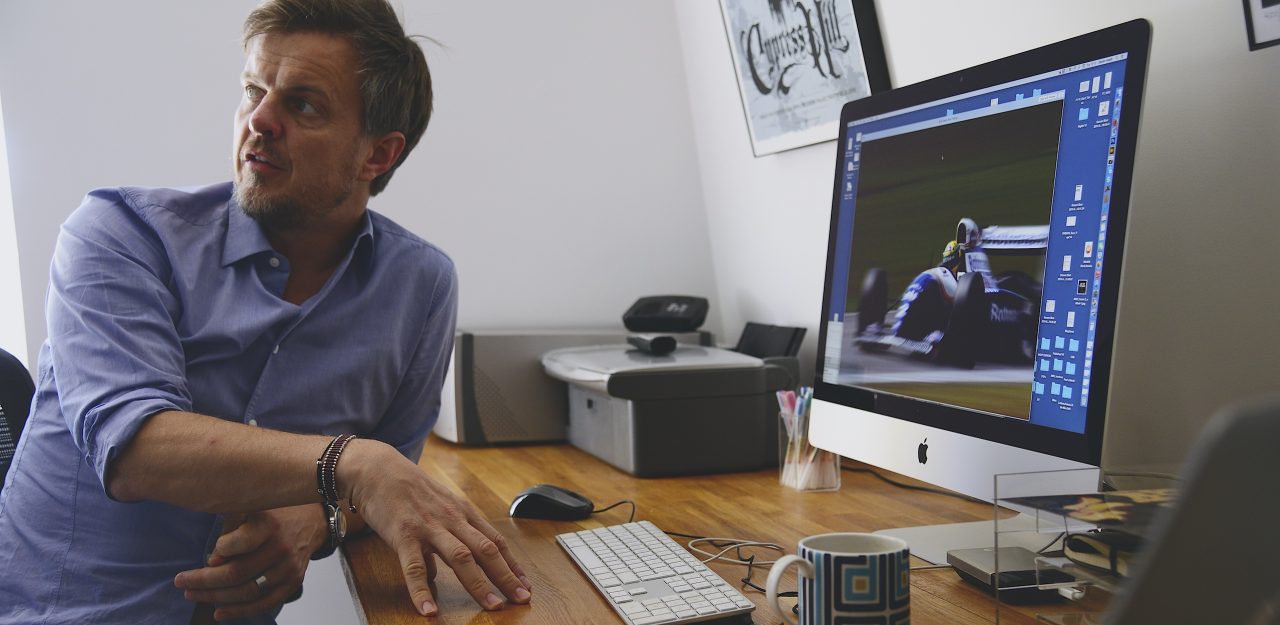
“F1 photographers are all competitive with each other, so I’m not the only one,” muses Heath. “Not everyone is competitive in life; I am particularly competitive in most things I do, as are some of my colleagues. I mean, you’re friendly with them, because, 20 times a year, plus testing, you together in the same planes, same hotels, and sharing cars, but when it gets down to doing the job, you are competitive and especially against those who are in your market. I compete with the guys who are more creative or trying do something a little bit different, because everything has been done before.”
“F1 photographers are all competitive with each other, so I’m not the only one,” muses Heath. “Not everyone is competitive in life; I am particularly competitive in most things I do, as are some of my colleagues.”
Heath combats the sameness of the F1 creative environment by keeping his visual language unique, by putting in more effort, and like the saying, getting out what he puts in. He’ll plan the images he wants to make before every GP, changing it up from last year, maybe by shooting at a certain corner he’s not been to in years. It’s more difficult than it sounds; every GP circuit has only a certain number of corners where you are allowed to stand and those places are fewer every year because of new restrictions.
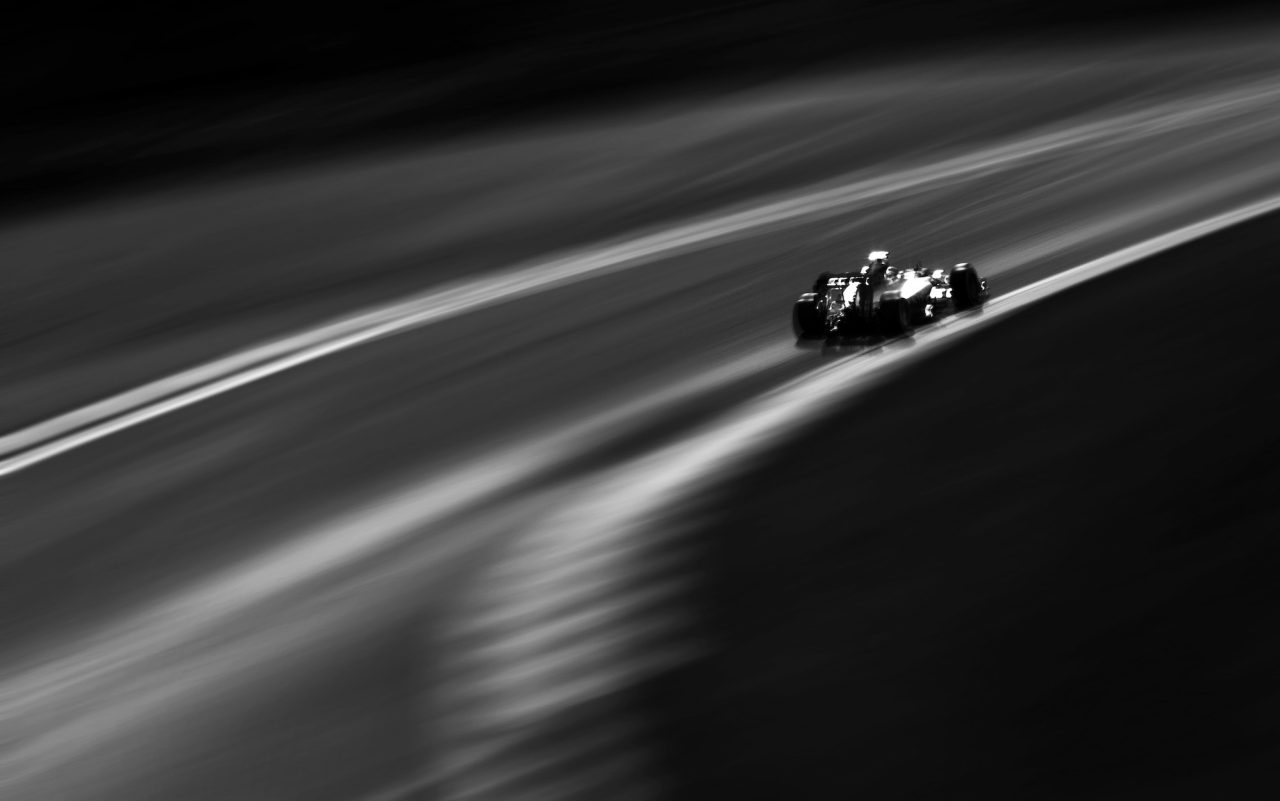
And then, there’s creativity as the result of tireless old-fashioned determination.
At last year’s Monaco GP, Heath really wanted to shoot from a position that is absolutely denied to photographers. He worked for over a year to get the access permission, by getting to know the people who could get him in for that one shot.
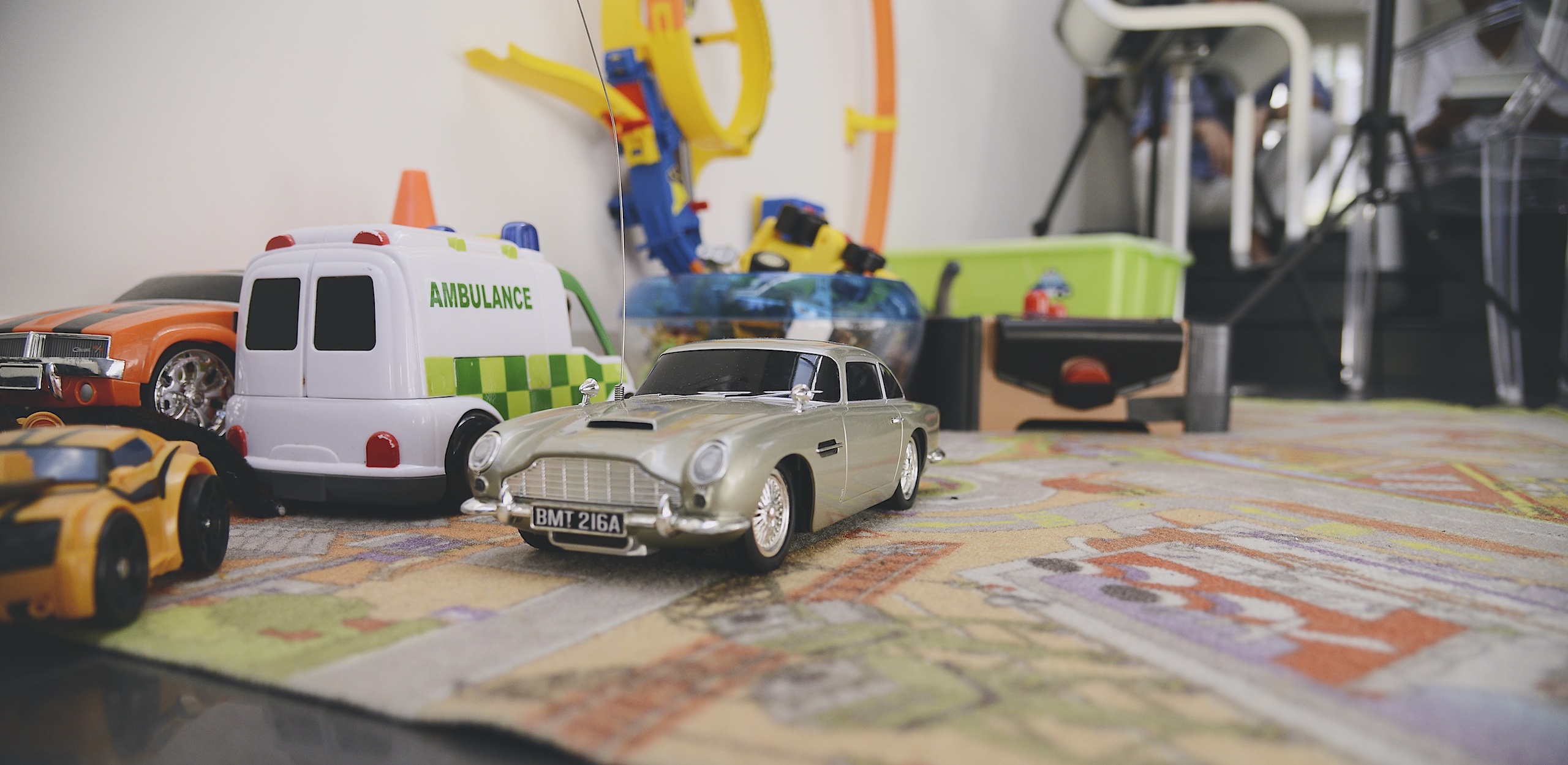
“This spot was available 20-30 years ago. You could stand there, I know, because I have seen the imagery,” points out Heath. “Its on the outside of the first corner, and the shot is from below, as the cars go up the hill from St. Devote. It really only works on Lap One, because the cars are grouped together. With 25 minutes before the start, I didn’t think I would get to do it. Then, I get a message on my phone from one of the governors of the sport saying, ‘okay, you can do it.’ So I met one of the top guys from the Automobile Club of Monaco, who told security I could stand there.”
“So, it worked out,” laughs Heath, “and maybe it’s not the cleanest picture, maybe it’s not the most creatively artistic picture, but to me it’s something I strived for and I’m sure my other competitors know that it was damn hard to get into that place. I hope I never lose that desire.”
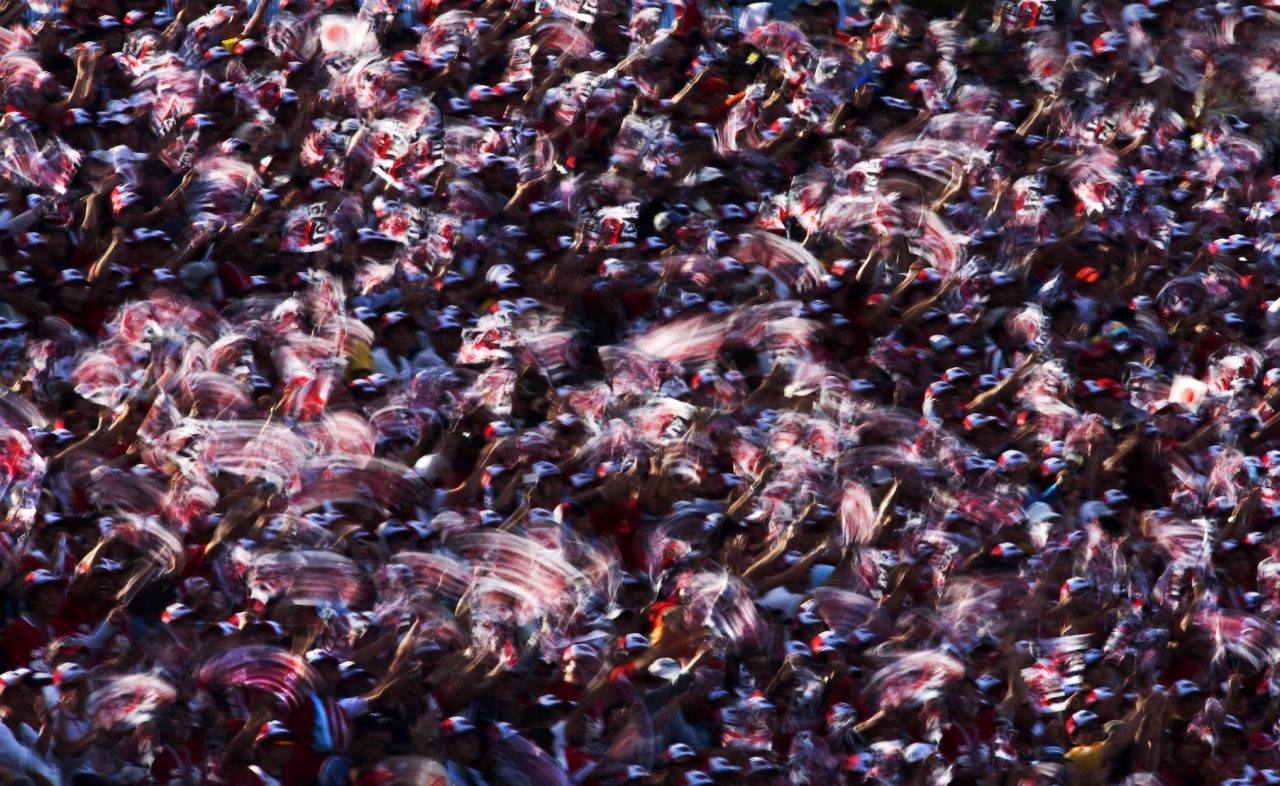
Sometimes Heath discovers moments that TV viewers will never see. In China this year, Heath decided to photograph drivers during an autograph session, from the crowd’s perspective, with hands holding their iPhones in the air. He was struck by the fantastic rapport Lewis Hamilton has with his fans.
“Maybe it’s not the cleanest picture, maybe it’s not the most creatively artistic picture, but to me it’s something I strived for and I’m sure my other competitors know that it was damn hard to get into that place.”
“I don’t know if he’s very clever or very genuine,” ponders Heath, “because of the different way he will present himself to someone like me, where he’s standoffish and always has this kind of affected moody look. But, with the crowd in China, there was no one more willing to be with them and have photographs with little kids. He was just fantastic.”
While Formula 1 is all about being fast, the best F1 photographers are all about endurance, and it’s more than just the physical attributes needed to carry 30 pounds of equipment several miles a weekend. Its staying on top of your craft and never giving in to the “easy.”
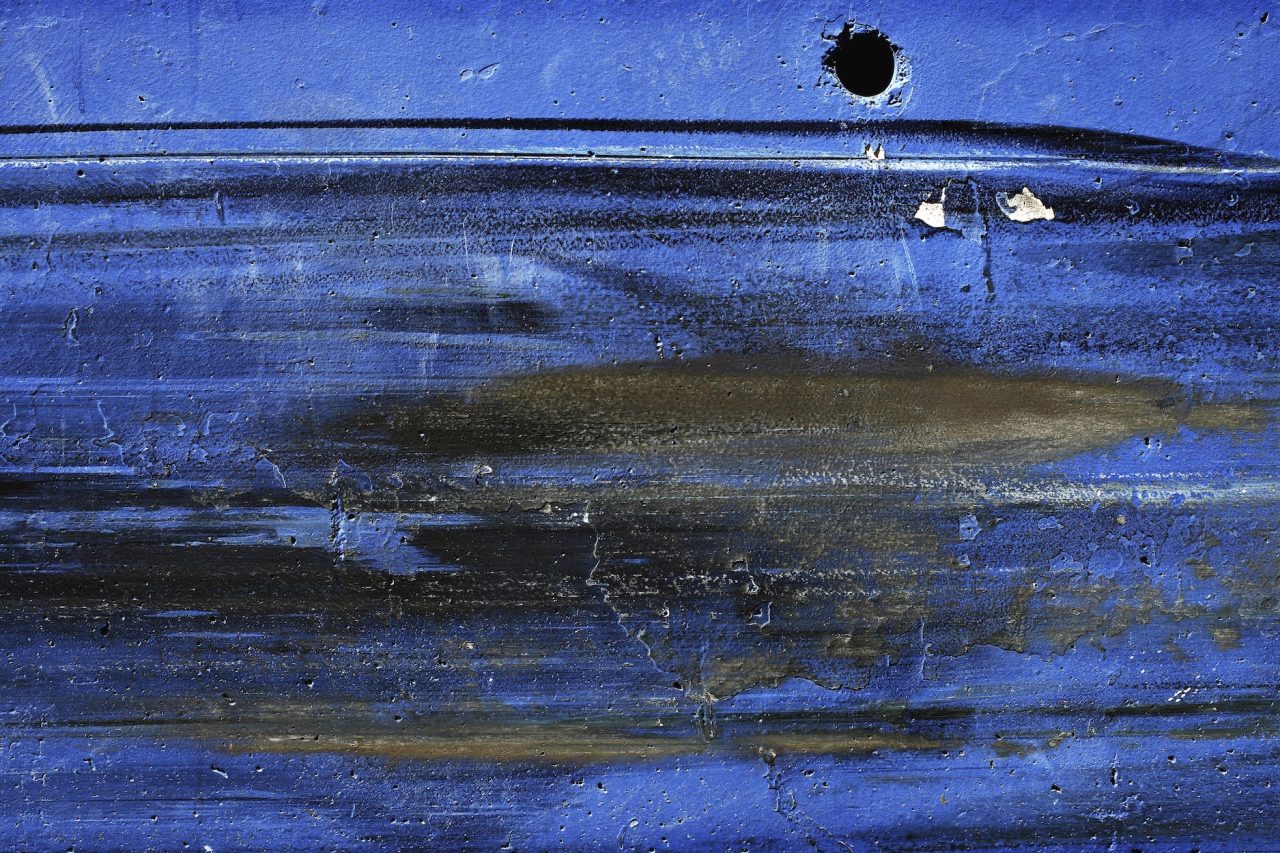
“I’ve strived hard from a young age to be considered a good photographer in Formula 1; that’s all I’ve ever wanted to do,” declares Heath. “And having risen to that position, I never want that to drop until I am through. I don’t want them to say, ‘awe Darren Heath used to shoot good, but now he shoots with two flash guns and two zoom lenses, pap,pap, pap…’ I want people, who view my gallery on Monday-Tuesday morning after a GP, to say wow, he’s obviously put some effort into that.”
Budding photographers often asked Heath to explain how they can become one of F1’s best shooters, and he spares no one’s feelings.
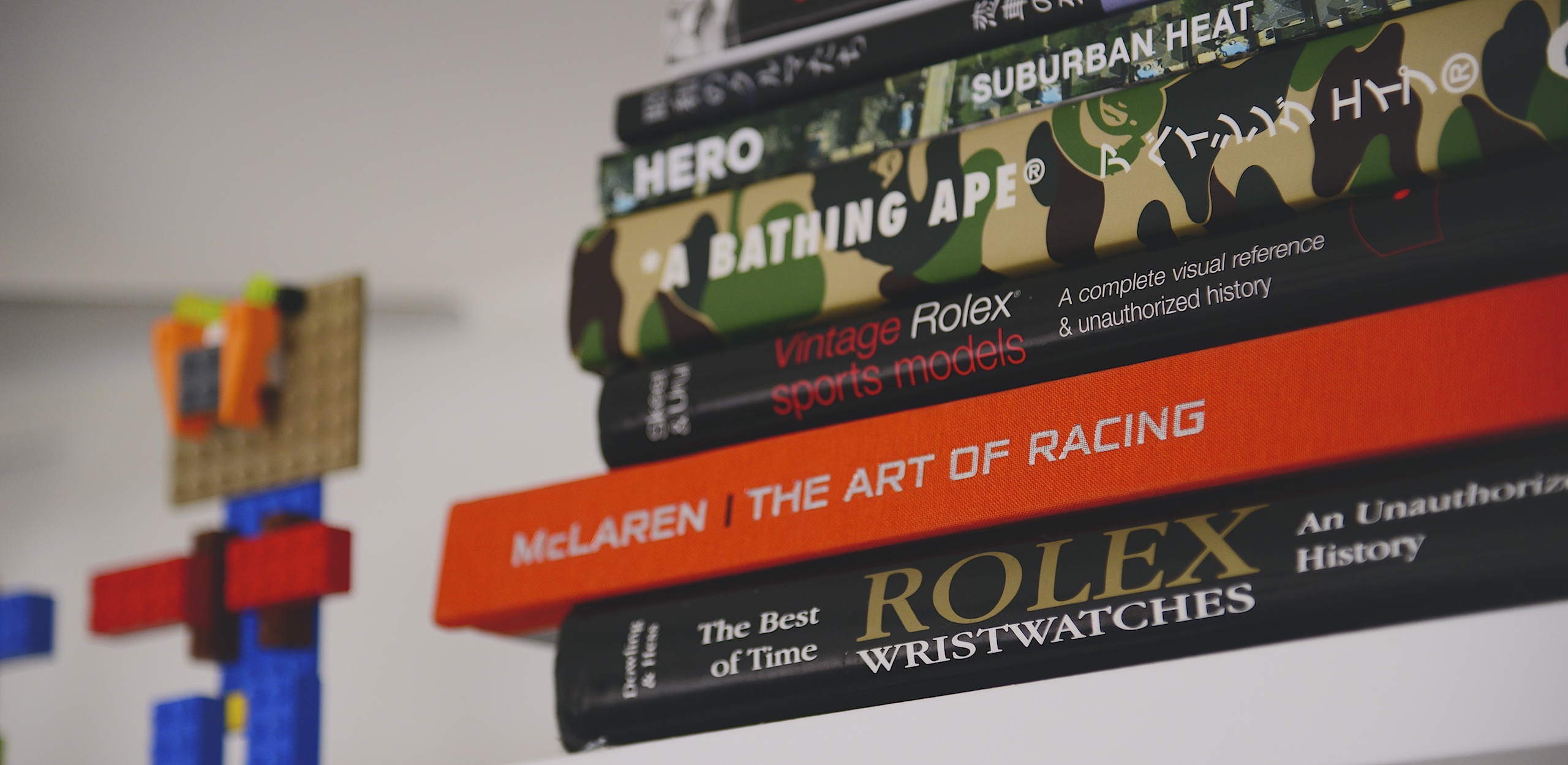
“We live in an instant gratification, no patience world. Going from an iPhone to a full DSLR kit in the F1 paddock is like a driver going from a pram straight into an F1 car,” states Heath. “Photographers need to follow the same development path as a driver, from go-karts to F3, GP2, and then F1. These young guys should spend time shooting hill climbs, go-karts, and classic car events. They won’t be shooting Sebastian Vettel, or Max Verstappen, but they’ll get more access; competitors won’t be running from them. Their subjects will be happy to accommodate them, and when they bring their photography to me or agencies, they’ll show more of their talent and will get a much better understanding of their abilities, or lack of ability and learn where they excel and what they need to learn, and they’ll go further. Rushing into F1 will burn them out.”
Heath carries memories of similar words offered to him as a budding F1 shooter. One of his first assignments was a portrait of Ken Tyrrell, the legendary owner who ran Jackie Stewart in his glory days, and his wife Nora, for their 50th wedding anniversary. Heath remembers being a young boy, with his dad and brother, hanging on the fence at Brands Hatch and pointing out Tyrrell with Stewart.
“Photographers need to follow the same development path as a driver, from go-karts to F3, GP2, and then F1. These young guys should spend time shooting hill climbs, go-karts, and classic car events. They won’t be shooting Sebastian Vettel, or Max Verstappen, but they’ll get more access”
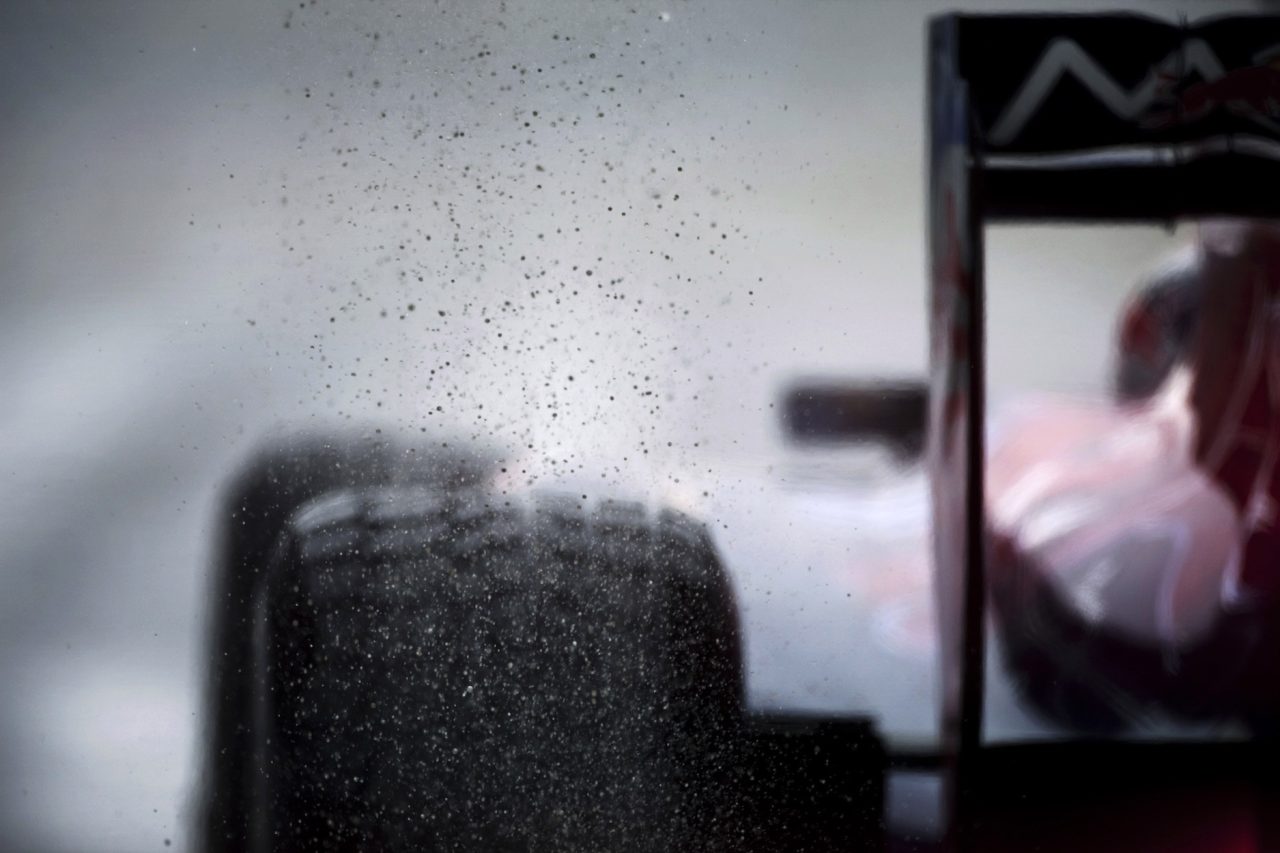
“Suddenly, here I am, this 21 year old kid, knocking on the door of Ken Tyrrell’s mansion in Surrey and Ken opens the door,” laughs Heath. “After the photograph, Ken said right, come with me boy, were going to sit and have a drink. And we sat at his bar and he poured me a drink and there on the wall was a big picture of a car jumping in a sunset during the 1971 Montjuic Park (Spanish) GP, twenty years before. He said, lad, that’s a picture! I bet you’d like to take a shot like that, wouldn’t you? And I said, I’d love to Mr Tyrrell. Well, he said, that’s from the past and if I can give you a piece of advice, Darren, I would say live in the moment, the time that you’re in, the time you’re working and photographing in Formula 1. That’s the best time, that’s the time you should enjoy the most. His words have stayed with me, really stayed with me, because we all do look back and think “it was so much better then.”